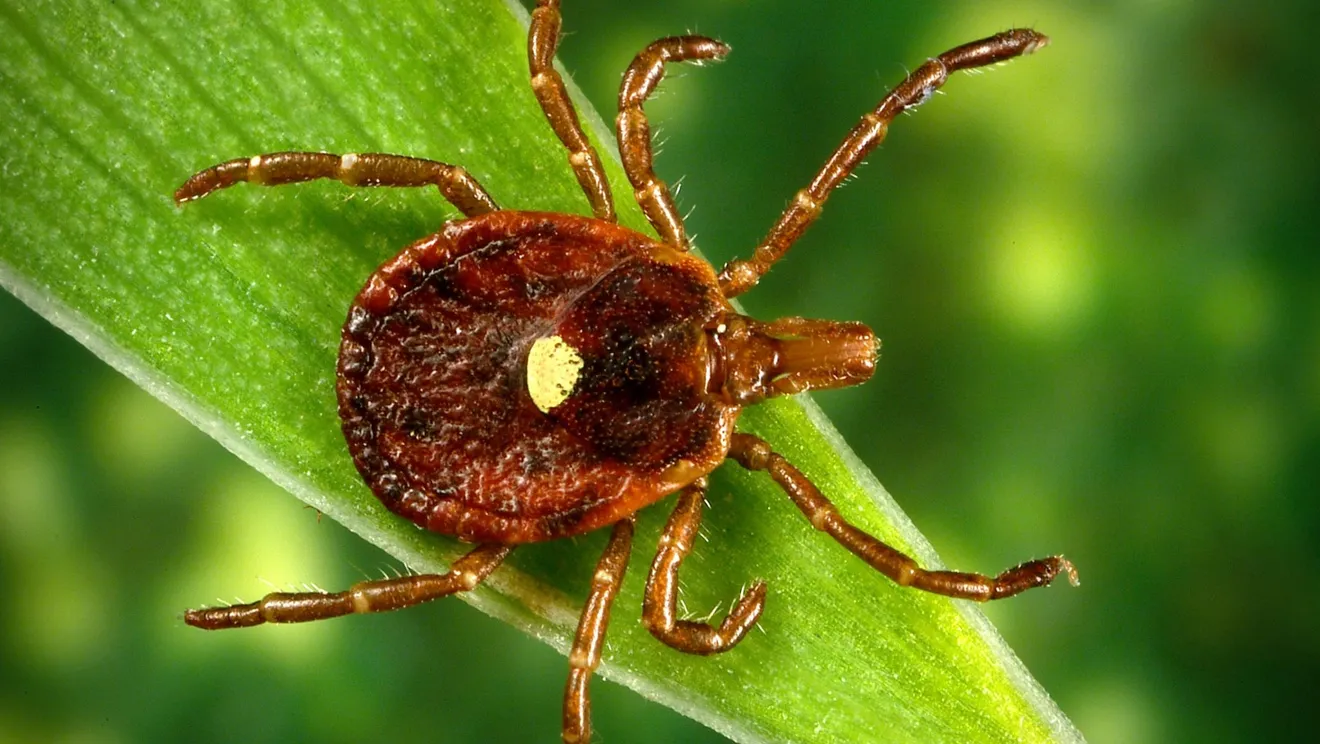United States: Things are changing for both pros and cons when it comes to outside activities in Indiana.
Not great news: ticks are turning up in all sorts of places, particularly on you and your pets.
The good news is that there have not been very many illnesses caused by ticks so far.
That situation could change, however, unless precautions are taken, and even then, there’s still a possibility that a tick bite might bring on an infection or even a virus.
According to Lee Green, senior medical entomologist at the Indiana Department of Health (IDOT), stating about this year’s tick populations, “Lately there’s not only been a ton of calls, but field staff are collecting tons,” heraldtimesonline.com reported.
Nymph Ticks Pose Hidden
Green pointed out that ticks at this time of year are nymphs, so they are smaller, and people are challenged to detect them during their crawl.
Even though adult ticks have a higher chance of getting infected, he said nymphs are responsible for more cases of the disease because they often slip by unnoticed.
“We see the most Lyme disease in humans during the season of nymphs,” he added.
“They’re starting to come out now,” which means that the IDOH is trying to spread information about prevention.
First found in Indiana in 2017-18, the Gulf Coast tick is a relatively new species, although experts suspect they may have been here before that, says Green.
“They look very similar to the American dog tick,” as Green said.
Gulf Coast Tick Expands Its Reach
“Right now, they are found in 14 counties from central Indiana to the southwestern part of the state. The more we look for (Gulf Coast ticks), the more we find them in other areas, as well,” the official added.
You may find Gulf Coast ticks as far north as Hamilton County. The Asian longhorned tick was recently discovered in Indiana and was the first tick in 80 years to spread across the entire country, said Green. Until now, no Asian ticks have been found outside Switzerland, Ohio, Dubois, and Spencer counties.
Facts about ticks and ways to keep yourself safe
1) At this time, nymph ticks are the most active and the most likely source of infections in humans.
During its life, a tick moves through the four developmental stages: egg, larva, nymph, and adult.
You’ll see nymph ticks moving around most often from spring to summer, and a nymph tick is a shade or two bigger than a poppy seed.
Just because they are small doesn’t mean they can’t do damage.
According to the CDCTrusted Source, nymph ticks carry Lyme disease and other tick diseases to humans more often than do ticks at any other stage.
2) You won’t think a tick bite feels the same as a mosquito bite.
Lots of people expect to feel a tick bite the same way they do with a mosquito.
Even though ticks are not as easy to find as you might expect, they are very well adapted to their job as bloodsuckers, healthline.com reported.
During a feeding session, a tick’s saliva contains drugs that cause anesthesia and stop your immune system from responding, the Internal Lyme and Associated Diseases Society (ILADS) confirms.
3) There is uncertainty about how much time ticks need to stay on your body to spread infections.
If a tick is discovered on your body promptly, do not believe you cannot get infected with Lyme or another illness.
According to the CDC, you only need to worry about Lyme disease if a tick stays attached for 24-48 hours.
According to a 2015 review, researchers have never proven how long a virus needs to be on the surface before it can infect someone.
4) Even if you’re bitten by an infected tick, it’s possible to have no rash.
After a tick bite, plenty of people are on the lookout for developing a bull’s-eye rash, healthline.com reported.
In practice, over half of the people who get Lyme disease do not remember having a rash.
Many ordinary illnesses also bring about fatigue and aches. For that reason, an accurate diagnosis may be hard to reach.
Ways to Keep Yourself Safe from Ticks
– Use insect repellent with DEET or permethrin on skin and clothing.
– Wear long sleeves and pants, especially in wooded or grassy areas.
– Tuck pants into socks to prevent ticks from crawling up your legs.
– Do a full-body tick check after being outdoors, including scalp, behind ears, armpits, and groin area.
– Within two hours of coming indoors to wash off unattached ticks.
– Examine pets after walks or outdoor play—ticks can hitch a ride and transfer to you.
– Keep your yard tick-free by mowing grass regularly and removing leaf litter or brush.
If you find a tick, remove it with fine-tipped tweezers and clean the bite area. Watch for symptoms in the days and weeks after.
















+ There are no comments
Add yours